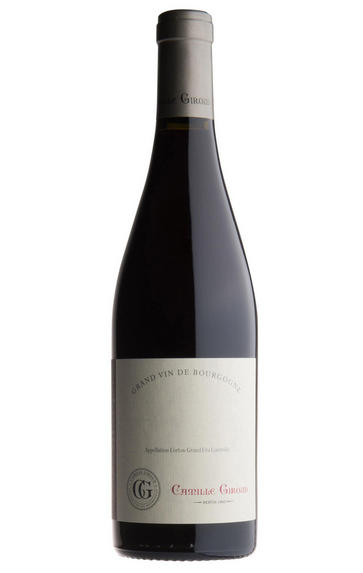
About this WINE
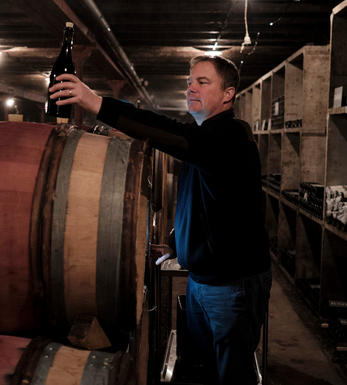
Maison Camille Giroud
Established in 1865, Maison Camille Giroud has a rich heritage rooted in Burgundy’s winemaking tradition. Initially a specialist négociant, they sourced wines from esteemed growers across the renowned Côte d’Or region, ageing them meticulously in their cellars for decades to achieve peak maturity.
In 2001, a consortium, including Napa Valley winery owner Ann Colgin and wine investors, took over, aiming to blend tradition with modern techniques and a terroir-driven approach. This led to innovations, like wooden presses and open vats, under the dynamic winemaker David Croix.
Most wines continued to be crafted from carefully selected grapes, many from old vines. Their commitment to natural winemaking practices, including native yeast fermentation and minimal intervention, set them apart.
In 2016, Carel Voorhuis continued the legacy of crafting pure, terroir-driven wines, maintaining Maison Camille Giroud’s reputation for excellence in Burgundy.
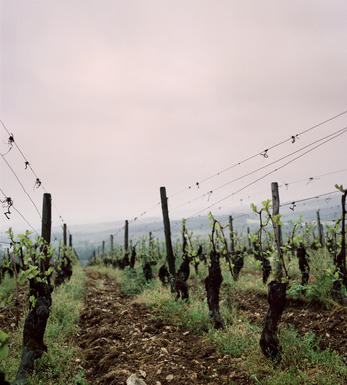
Corton-Charlemagne
There are two specific Charlemagne vineyards, En Charlemagne and Le Charlemagne, making up half the Corton-Charlemagne appellation, while white grapes grown in seven other vineyards (see list below) may also be sold as Corton-Charlemagne. As a result there can be a wide divergence in style between a south-facing location such as Pougets, which needs picking right at the start of the harvest, and the western slopes in Pernand-Vergelesses which might be picked several weeks later. The underlying similarity though comes from the minerality of the soil.
En Charlemagne lies at the border with Aloxe-Corton. The hillside faces west and fine, racy white wines can be made, but the Grand Cru appellation has been extended right up to the village of Pernand itself, by which time the exposition is north-west and the valley has become noticeably more enclosed. The final sector was only promoted in 1966, and probably should not have been.
Le Charlemagne is the absolute heartland of the appellation, facing south-west, thus avoiding the risk of over-ripeness which can afflict the vines exposed due south. If I had Corton-Charlemagne vines here I would be tempted to let the world know by labelling the wine as Corton-Charlemagne, Le Charlemagne.
Two producers to my knowledge also have some Pinot Noir planted here – Follin-Arbelet and Bonneau du Martray. Both make attractive wines but neither, to my mind, justifies Grand Cru status for red wine, lacking the extra dimensions of flavour one hopes for at the highest level. This is not the producers’ fault, but a reflection of the terroir.
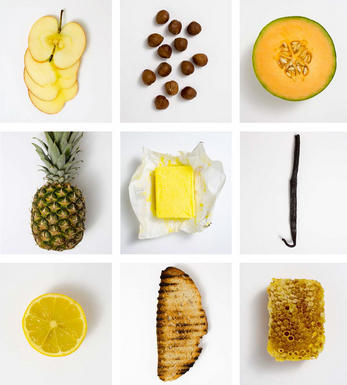
Chardonnay
Chardonnay is often seen as the king of white wine grapes and one of the most widely planted in the world It is suited to a wide variety of soils, though it excels in soils with a high limestone content as found in Champagne, Chablis, and the Côte D`Or.
Burgundy is Chardonnay's spiritual home and the best White Burgundies are dry, rich, honeyed wines with marvellous poise, elegance and balance. They are unquestionably the finest dry white wines in the world. Chardonnay plays a crucial role in the Champagne blend, providing structure and finesse, and is the sole grape in Blanc de Blancs.
It is quantitatively important in California and Australia, is widely planted in Chile and South Africa, and is the second most widely planted grape in New Zealand. In warm climates Chardonnay has a tendency to develop very high sugar levels during the final stages of ripening and this can occur at the expense of acidity. Late picking is a common problem and can result in blowsy and flabby wines that lack structure and definition.
Recently in the New World, we have seen a move towards more elegant, better- balanced and less oak-driven Chardonnays, and this is to be welcomed.


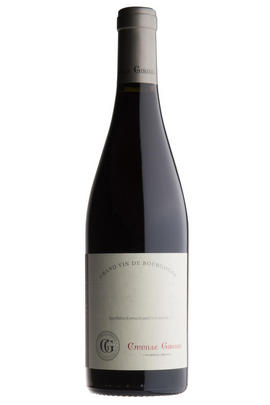
Buying options
Add to wishlist
Description
This year, this is a blend of Le Corton, facing Ladoix to the southeast, and Les Languettes, which looks south towards Aloxe-Corton. With one-third new oak, this represents a benchmark style of Corton-Charlemagne; there is ample weight and the initial punch of apricot fruit one looks for, before a spine-tingling thread of lime and chalky freshness kicks in on the finish. Delicious. Drink 2023-2030.
Adam Bruntlett, Burgundy Buyer
In January 2002 Maison Camille Giroud was bought by an American consortium led by banker Joe Wender and winery-owner Ann Colgin, and a new chapter began. David Croix was installed as the winemaker/ technical director and tasked with a major revamping of the winemaking facilities and especially replacement and renewal of the old barrels to make wines in a much purer, more modern style. The company also owns 1.2 hectares of vineyards in and around Beaune. The 2016 vintage was a collaborative effort between the outgoing David Croix and his replacement, Carel Voorhuis, formerly of Domaine d’Ardhuy. The transition is a smooth one, with Carel’s gentle touch following on seamlessly from David’s elegant style. Carel described the 2016 vintage as lighter than 2015, with more elegance and better balance. It is clear he has a preference for 2016, highlighting the expressive, aromatic characteristics of the wines and calling them “ethereal”. He explained that it was important to avoid over-ripeness by picking in good time, and emphasised the value of gentle extraction to prevent obtaining hard tannins.
wine at a glance
Delivery and quality guarantee